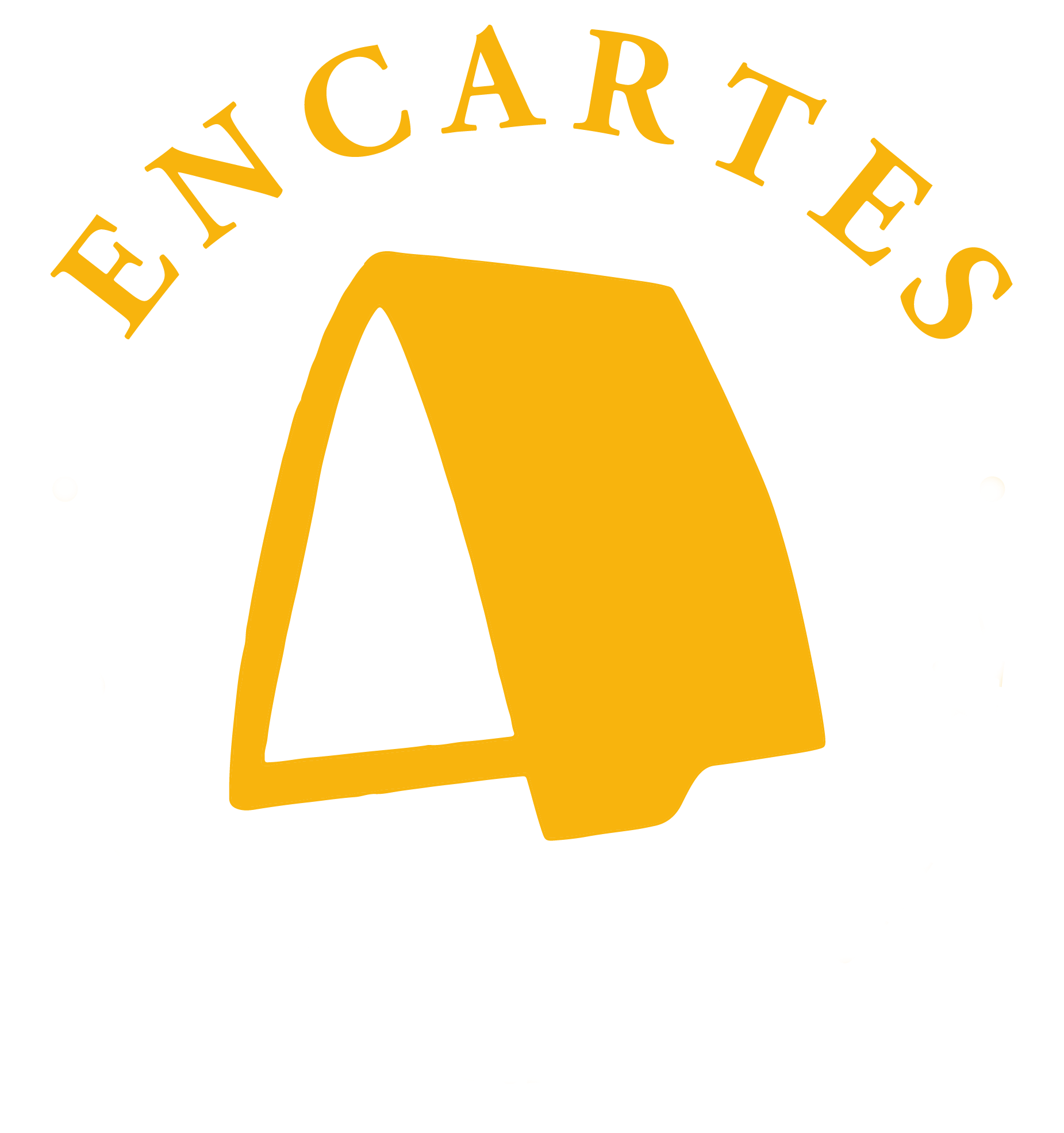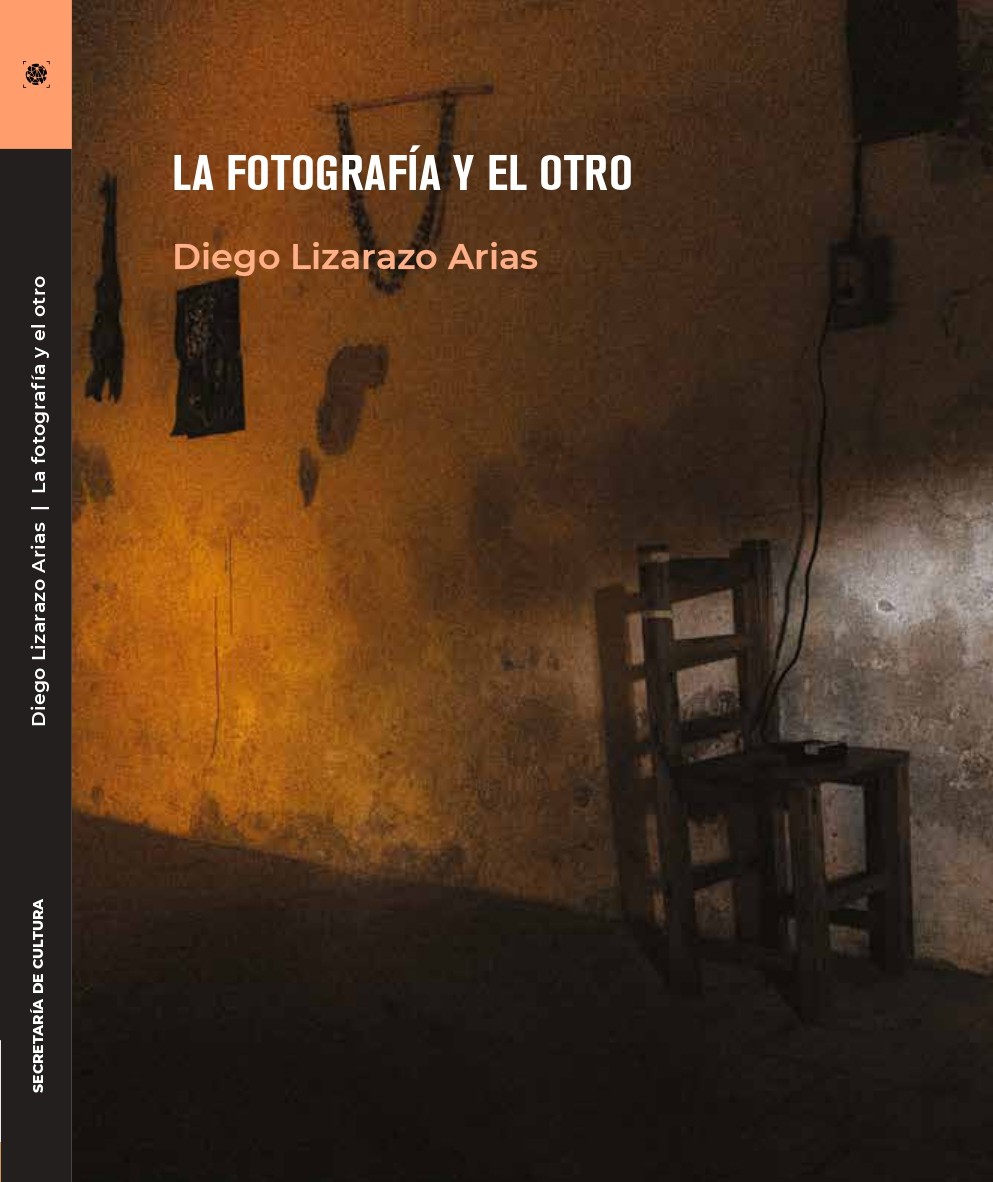home » memory
Articles about "memory"
Temáticas
Vol 8 No 16 (2025)
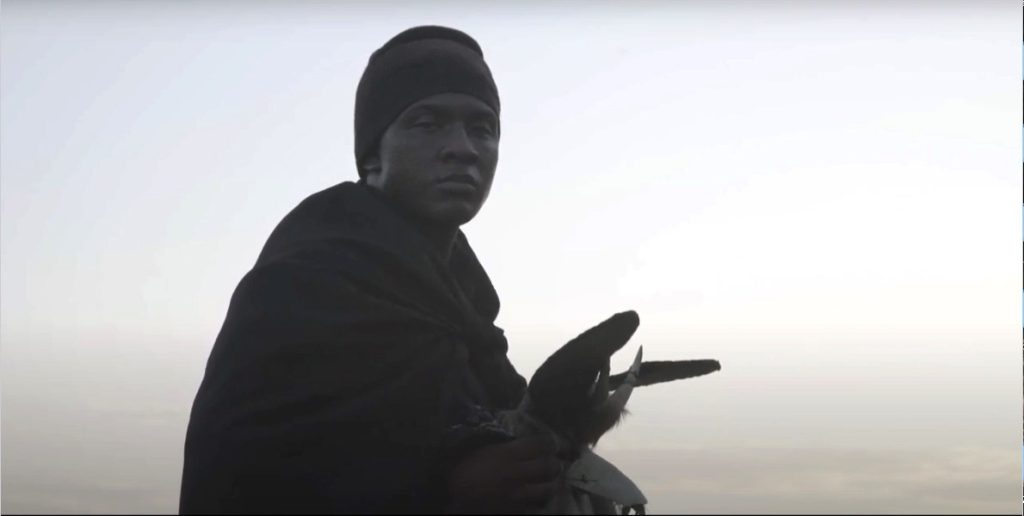
The Documentary as Witness: Dance Memories in the Costa Chica (part 1)
- Rosa Claudia Lora Krstulovic
The ethnographic documentary has been one of the ways of recording and showing the diverse Afro-Mexican dances of the Costa Chica, the article argues that this audiovisual genre can also be used as a way of investigating dance memory. The text makes a first analysis of the documentaries produced on the dances of this region and presents part of the process of making the documentary feature film El Quizá, donde la memoria danza, directed by the author, whose primary interest is to contribute to the collective memories of a people.
Temáticas
Vol 8 No 16 (2025)
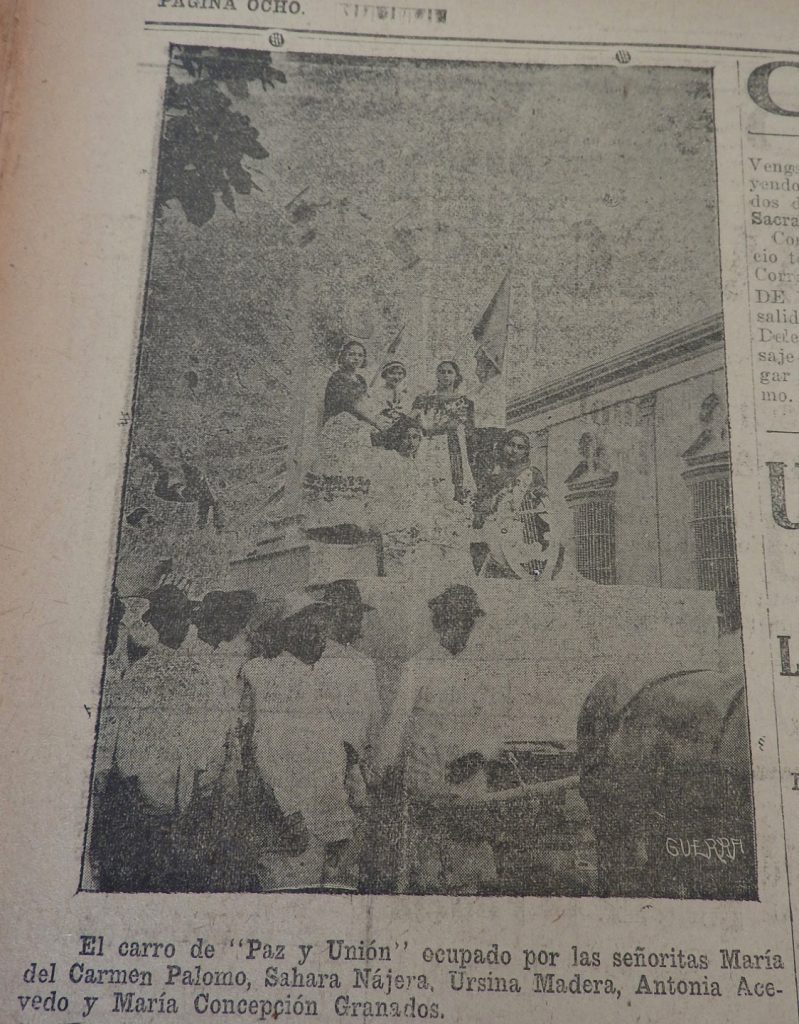
Mérida's carnival in 1913, social contrasts of a city through the lens of a German photographer
- Laura Machuca Gallegos
Photographs of the city of Mérida, Yucatán, taken in 1913 by Wilhem Schirp, a German amateur photographer, are the axis of analysis to reflect on the representation of this city, particularly during carnival, as an event of memory. It shows that the festive cycle was used by the elites to show off their wealth at the height of the henequen boom, while appealing to the "popular" and the "traditional". In this context, the photographer's lens captured the contrasts and social inequalities in a festival that was supposed to be one of investment.
Realidades socioculturales
Vol 6 No 12 (2023)
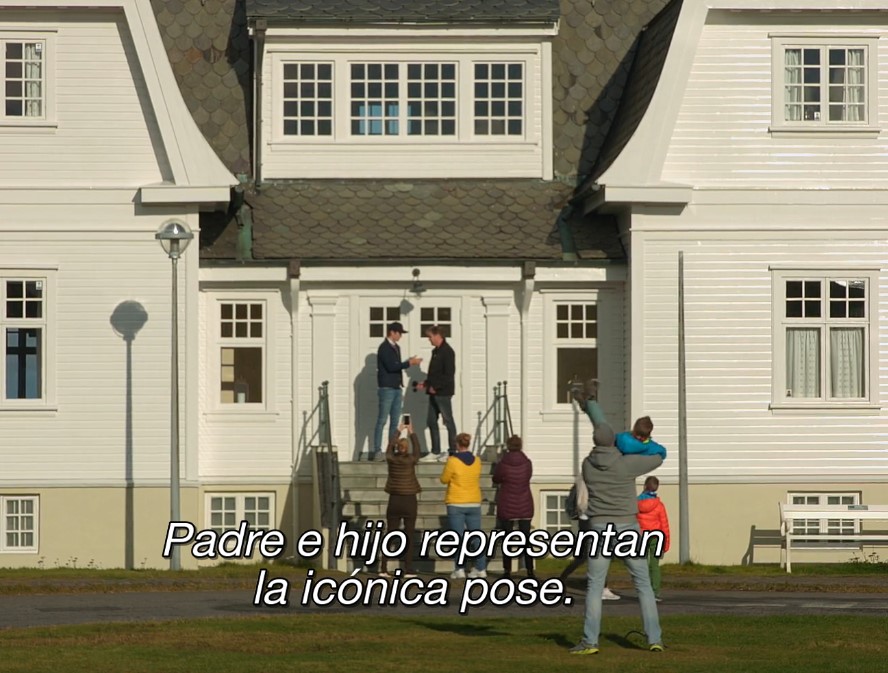
Biographies in the Cinematic Realism Of Werner Herzog. Discourse for Remembering and Thinking about the Present
- Fabiola Alcala Anguiano
Cinematic realism is fed by reality to reflect on it. It is distinguished from traditional documentaries because it does not claim to be objective. Werner Herzog has made more than 50 realism films, and among them are found a series of portraits of extraordinary characters. This text examines two of these: Meeting Gorbachev and Nomad: In the Footsteps of Bruce Chatwin. Both films seek to tell a biographical story that has implications for the present. This study sets out to reflect on the ways of remembering, on the interview, and on performance in cinematic realism. The study is divided into parts of rhetoric –arguments, arrangement, and figures of speech– to see how these stories are shaped by the German filmmaker.
Temáticas
Vol 5 No 9 (2022)
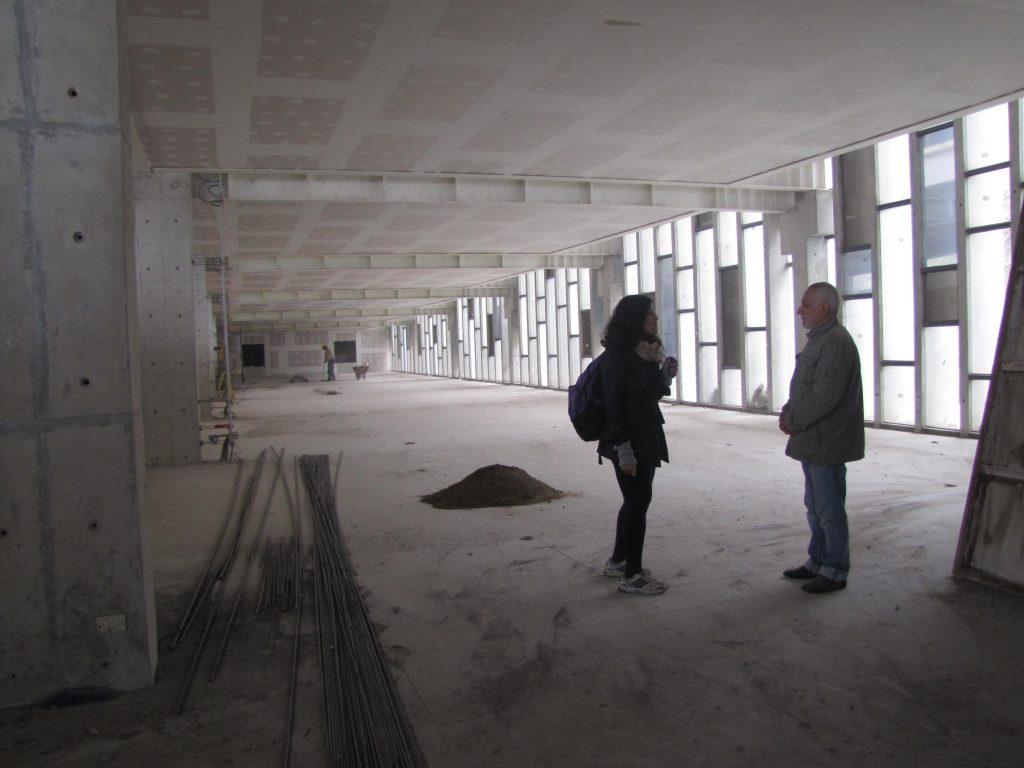
“Apparently Meaningless” Images in the Place of Memory, Tolerance and Social Inclusion (lugar de la memoria, la tolerancia y la inclusión social-lum)
- Olga González Castañeda
This article focuses on aesthetic details related to the architecture of the lum, which in my attempt to capture in photographs as a part of my ethnographic work, lead me to an analysis of what I call “apparently meaningless images”. These images have a “haunting” effect, in the sense given by Avery Gordon, by which they do not try to document tangible existence but recognize what could exist. Thus, Roland Barthe’s “obtuse meaning” becomes relevant and crucial in my analysis of the images of the lum. These “apparently meaningless” images respond, on the one hand, to an aesthetic of voidness that seems more in line with the ghostly presence of the disappeared and with the denialism of the “dirty war” during the internal armed conflict in Peru. On the other hand, other “apparently meaningless” images emerge from hypervisibility, sometimes contrasting and as contrapunctums between the concrete and crystal materials predominant in the architecture of the lum, and that produce affective and political resonances that allude to racial and social tensions and exclusions that continue to prevail in the Peruvian society.

